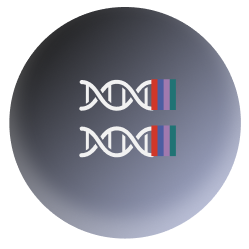- - Excellent genome retention in Semi-Permeable Capsules;
- – Genome coverage uniformity equivalent to industry-leading whole genome amplification (WGA) chemistries;
- – WGA-free sample processing is feasible.
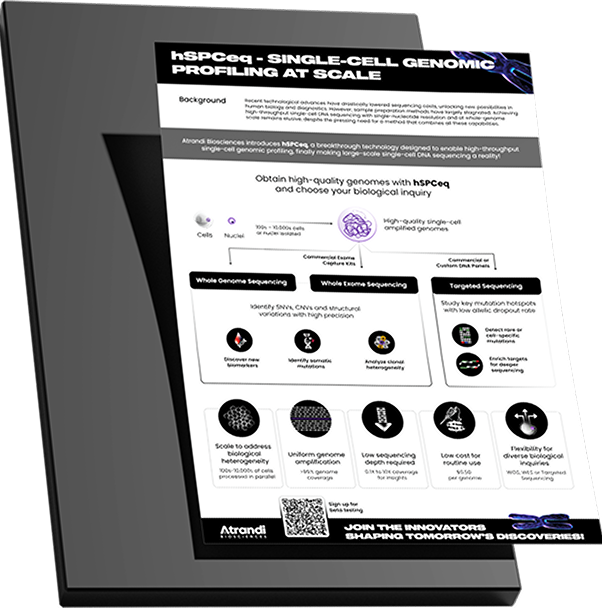


Recent technological advances have drastically lowered sequencing costs, unlocking new possibilities in human biology and diagnostics. However, sample preparation methods have failed to keep up. The ability to perform high-throughput single-cell DNA sequencing with single-nucleotide resolution and at whole-genome scale has remained out of reach. That is, until now.
 |
 |
 |
|
|---|---|---|---|
| Throughput |
|
|
|
| Biological resolution |
|
|
|
| Clonal heterogeneity |
|
|
|
| Copy number resolution |
|
|
|
| Somatic mutations |
|
|
|
| Phylogeny |
|
|
|
| Cost per cell |
|
|
|
Atrandi Biosciences introduces a breakthrough high-throughput single-cell genomic profiling technology, finally making large-scale single-cell DNA sequencing a reality!


1000s – 10,000s cells or nuclei isolated
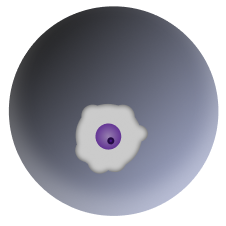
Atrandi’s proprietary whole genome amplification technology ensures uniform single-cell genome amplification before being barcoded
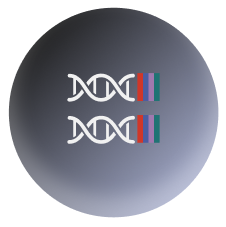

Single-cell resolution preserved after releasing into solution
Pooled DNA from single cells can be enriched using commercial or custom DNA hybridization capture panels








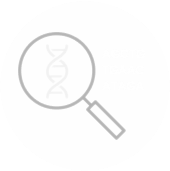



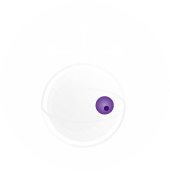
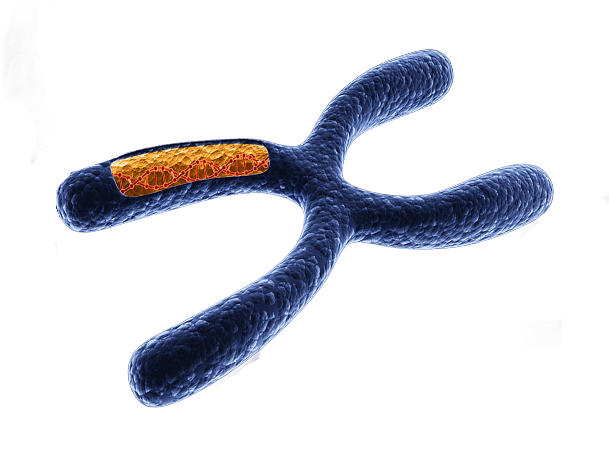
scDNA sequencing provides insights into tumor heterogeneity, mutation co-occurrence, and clonal evolution, helping to track cancer progression, monitor therapeutic resistance, detect minimal residual disease, and guide personalized treatment strategies.
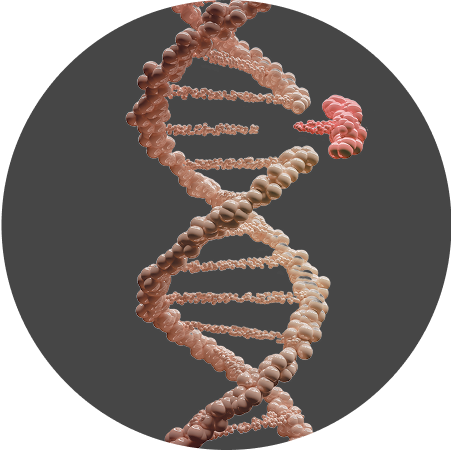
Leverage single-cell DNA sequencing to precisely characterize genetic modifications, identify off-target mutations, and track clonal dynamics, enhancing the development and optimization of cell and gene therapies.
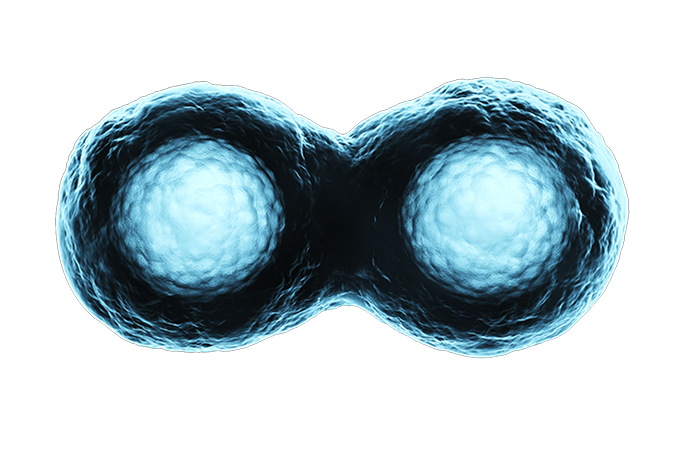
scDNA-seq identifies somatic mutations and genomic variations that shape developmental pathways. It resolves lineage relationships, clarifying how these genetic changes drive cell differentiation and tissue formation while informing therapeutic strategies.

SPCs enable the integration of scDNA-seq with other modalities, allowing researchers to classify cell types and assess gene expression. This combined approach provides insights into how genetic variations drive cellular phenotypes and functional outcomes.
The proof of concept was tested on the GM12827 (Coriell Institute) human cell line, followed by a challenge study using alcohol-fixed acute myeloid leukemia (AML) cells from four different patients. We present molecular karyotyping data for more than 2,000 individual cells, highlighting the heterogeneous nature of AML genomic architecture.

Single-cell karyotyping detects chromosomal abnormalities, such as aneuploidy and structural variations, at the individual cell level, revealing karyotype heterogeneity that bulk methods miss.
SPCs can be used to detect these large-scale chromosomal changes without genome amplification, eliminating biases that can distort results. This direct analysis preserves the native chromosomal landscape, making it ideal for studying genomic instability and genetic alterations in development and disease.
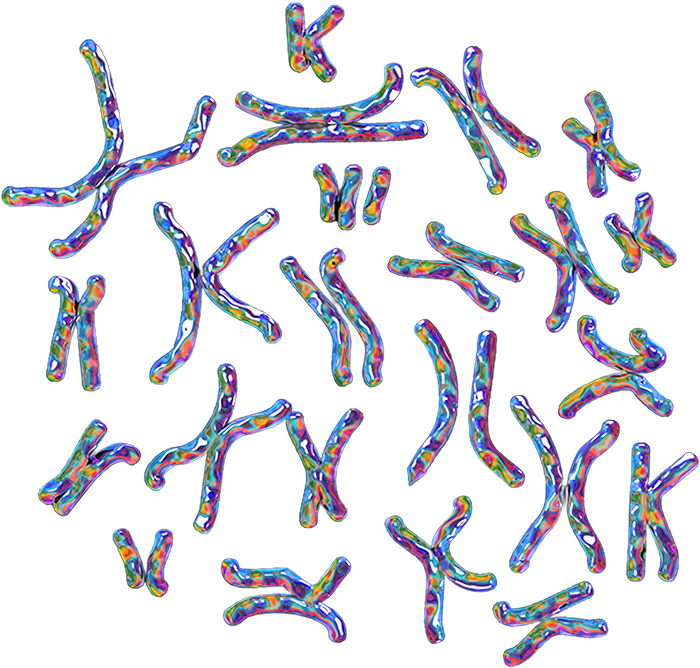
scWGS can be costly, but with SPC-based enrichment strategies, you can optimize sequencing resources by focusing on the most relevant cells. This approach ensures your sequencing budget is spent efficiently, analyzing only what truly matters.
